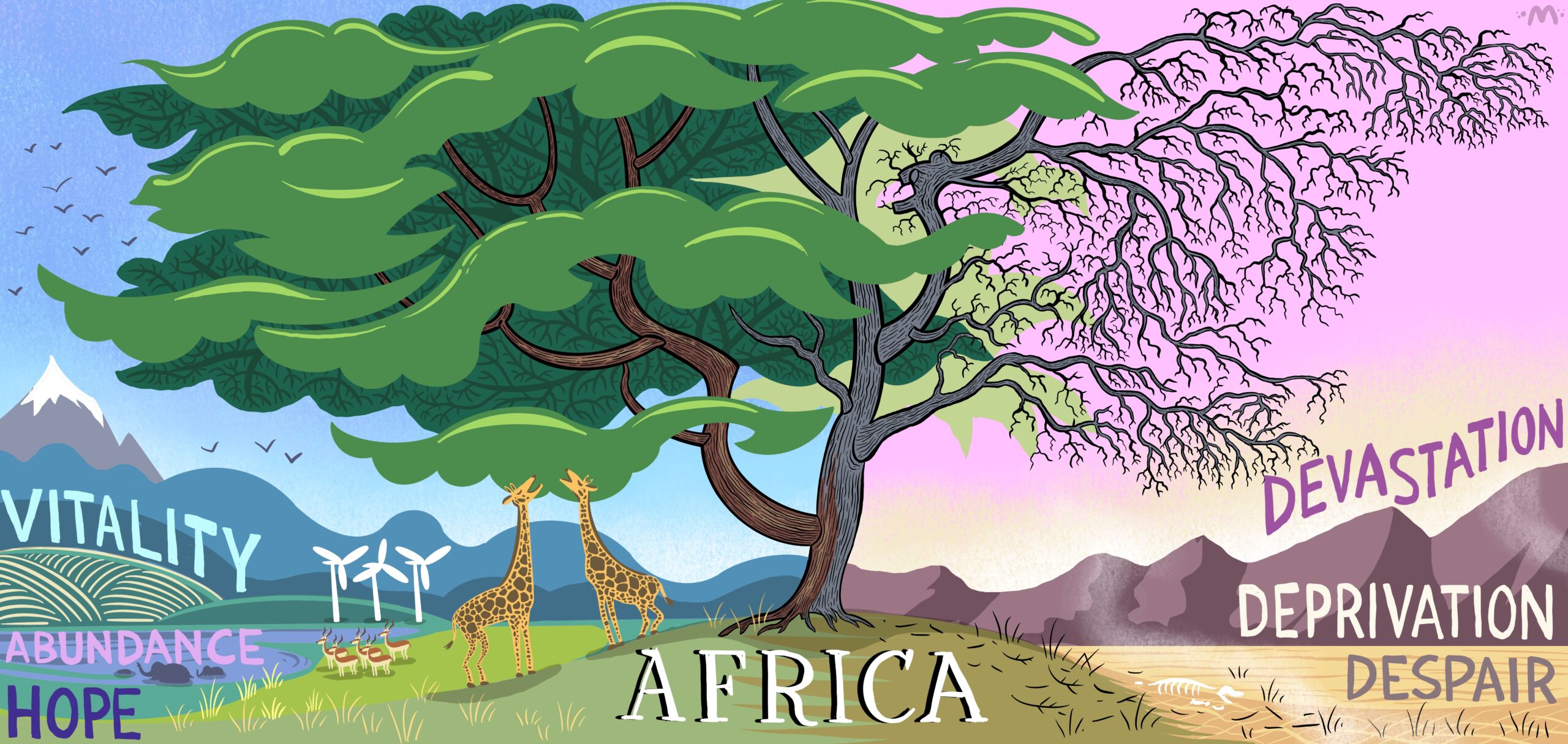
**Increasing CO2 Levels and Heat Stress: A Transforming Phase for Global Food Security**
As the amount of carbon dioxide (CO2) in the Earth’s atmosphere continues to rise, new studies are illuminating a critical juncture that could shape the future of agriculture. By employing sophisticated mathematical models, researchers at Banaras Hindu University have revealed a complicated relationship between escalating CO2 levels and global temperatures, indicating that a crucial threshold may soon be breached—one that could jeopardize the world’s food resources unless preventive actions are undertaken.
### The Complicated Nature of Rising CO2
High CO2 concentrations have been recognized for their role in enhancing plant growth—a phenomenon referred to as the **CO2 fertilization effect**. By accelerating photosynthesis, plants can grow more rapidly and potentially yield greater harvests in the early stages of climate change. Nevertheless, this advantage comes with a significant caveat. The study published in *Chaos* indicates that once global temperatures surpass a certain limit, heat stress begins to diminish these benefits, leading to a marked drop in crop yields.
“While CO2 fertilization offers an initial benefit, it is not a lasting solution for global agriculture,” states lead researcher Professor A.K. Misra. “Our model indicates that beyond a certain temperature threshold, crops hit a breaking point. The strain from excessive heat cancels out the advantages of increased CO2, resulting in diminishing yields over time.”
### Predicting the Future of Agriculture
The team at Banaras Hindu University approached this issue using advanced hybrid mathematical models that integrate **autonomous systems** (to examine general trends) and **nonautonomous systems** (to investigate time-dependent changes such as seasonal variations). This inventive blend enabled researchers to capture the intricate and often unpredictable responses of crop yields to evolving climatic conditions.
One of their concerning findings was the noticeable variability in seasonal trends that are neither consistent nor foreseeable. Different types of crops, geographic areas, and growth cycles adapt to climate change in distinct manners, challenging the assumption that agriculture can uniformly adjust. This complexity accentuates the need for robust agricultural strategies specifically designed for diverse regions and crops.
### A Critical Juncture for Global Food Security
The consequences of this research are significant. The initial advantages derived from heightened CO2 levels may mislead farmers and decision-makers into complacency, yet as temperatures rise, the sustainability of food systems will be increasingly at risk. Not every crop faces the same level of vulnerability; the temperature limit at which heat stress starts to affect yields varies by species. Nonetheless, essential staples like wheat, rice, and maize—the cornerstone of diets globally—are especially prone to heat-related declines.
Professor Misra remarks, “What is particularly striking is how rapidly and erratically the dynamics shift once the tipping point is reached. This chaotic behavior serves as a warning for the agricultural industry, as global food systems must brace for both gradual and sudden disruptions.”
### Developing Heat-Resistant Crops: A Viable Solution
The research proposes a vital resolution: the breeding and cultivation of heat-resistant crops. By engineering varieties that can endure and even flourish under higher temperatures, the agriculture sector could counteract the adverse effects of climate change and uphold food security in the years ahead. Prioritizing genetic research and biotechnology will be crucial in this initiative, along with investments from both public and private sectors in agricultural advancements.
“These specially developed crop varieties can provide us with time,” Misra emphasizes. “However, they are not a complete remedy. We also need to tackle broader concerns related to water management, soil health, and sustainable farming practices.”
### Broadening the Focus: Beyond CO2 and Heat
In their future endeavors, the Banaras Hindu University team aims to enhance their model to incorporate additional variables influencing agriculture. These variables include insect populations, soil quality, water availability, and even pollinator health—each of which could significantly impact crop yields in a warming climate.
Such localized insights will equip policymakers and farmers to develop tailored strategies for climate resilience. Whether through diversifying crops, implementing sustainable irrigation practices, or pest management, responding to a complex threat is essential for long-term food production sustainability.
### Insights for Adaptation: What Are Our Next Steps?
The findings presented in *Chaos* serve as a crucial reminder of the delicate balance between climate and food systems. Although initial increases in agricultural productivity powered by CO2 may appear to be a boon, this edge is temporary. Without prompt intervention, the combined effects of heat stress and the unpredictable nature of climate change could cause severe disruptions in global food supplies, intensifying hunger and poverty in vulnerable regions.
Ultimately, this research emphasizes the imperative for international collaboration in combating climate change—not only by curbing greenhouse gas emissions but also by encouraging resilience through agricultural innovation. As Misra aptly states, “The solutions are within our reach, but the timeframe for action is rapidly closing.”
—
### Key Terms
– **CO2 Fertilization Effect**: The temporary enhancement in plant growth resulting from elevated atmospheric carbon dioxide levels.
– **Autonomous Systems**: Mathematical models utilized to explore general trends.